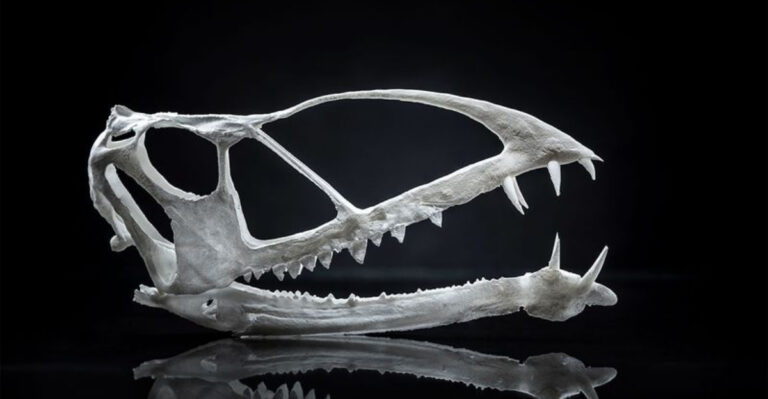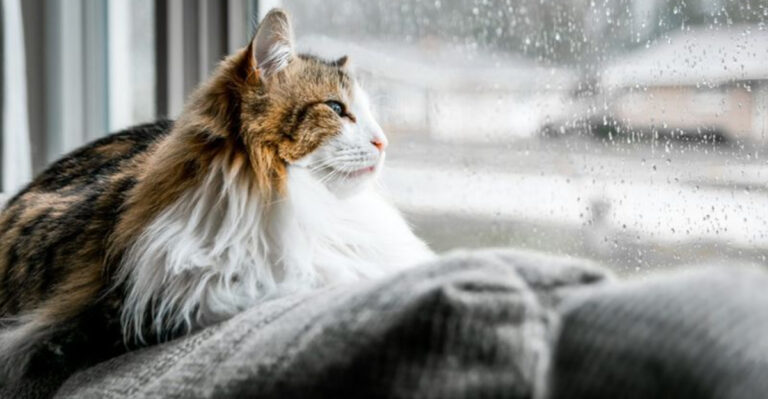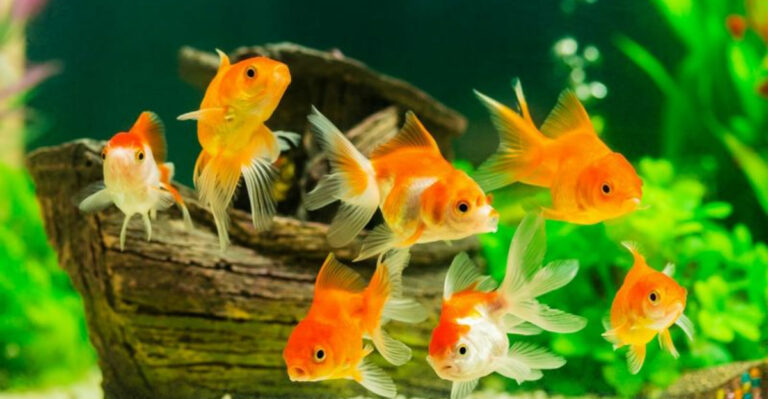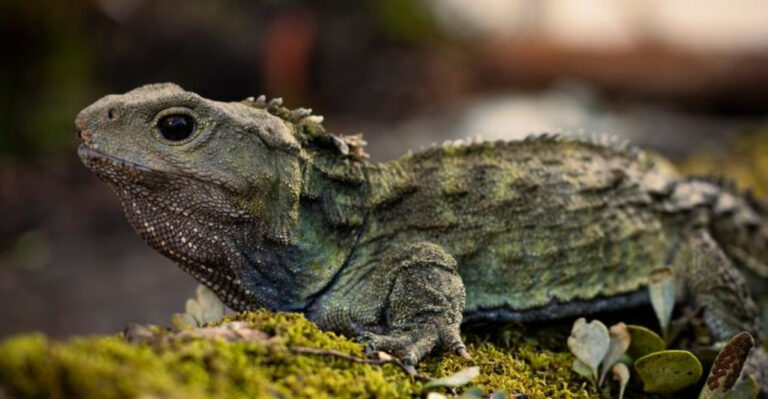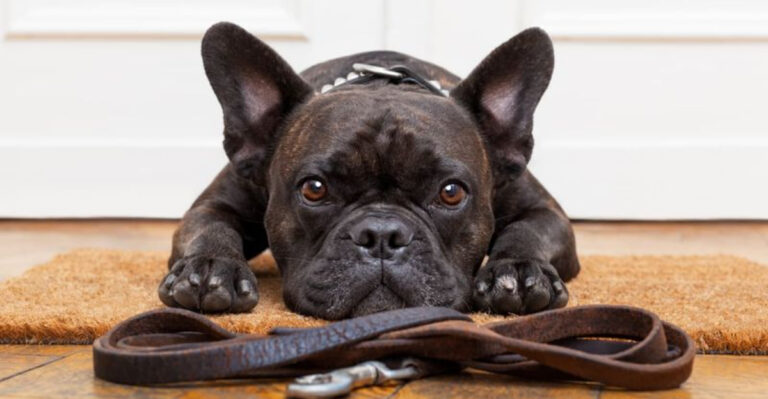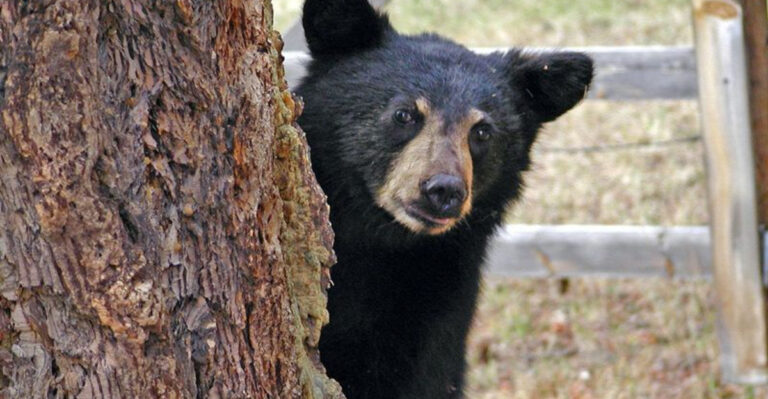10 Cat Breeds That Experts Say Shouldn’t Be Pets (And 4 Experts Recommend)
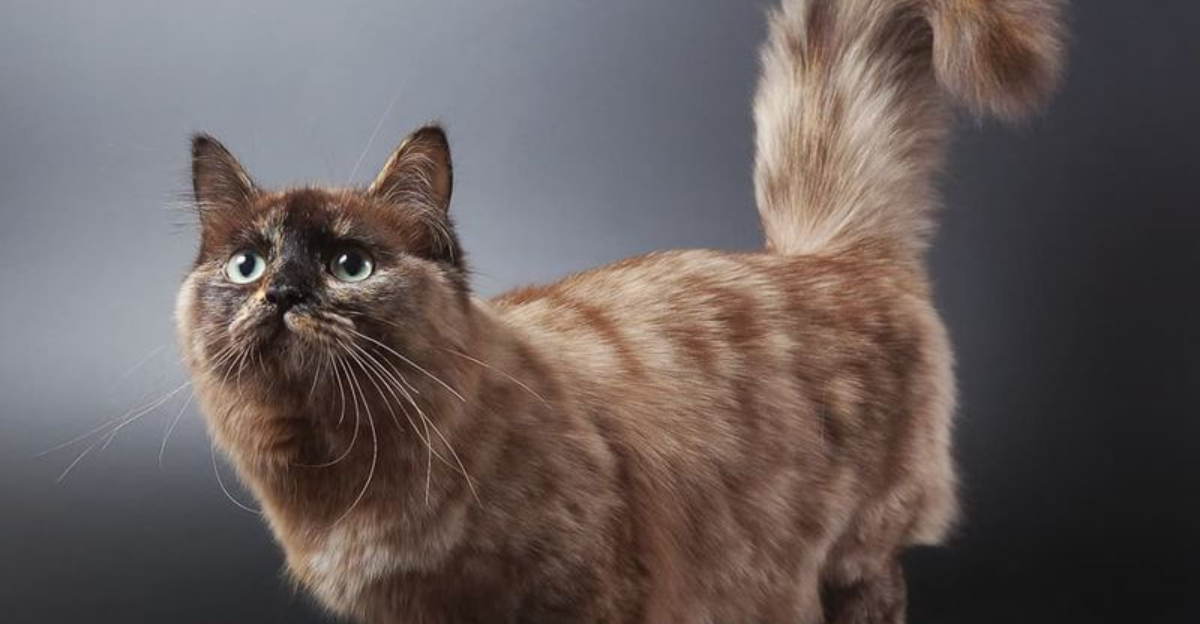
Ever wondered which feline friends might not be the best match for your home? Not all cats are created equal when it comes to being pets.
Some breeds demand specialized care beyond what most households can provide, while others thrive in domestic environments. Let’s explore what veterinarians and animal behaviorists have to say about which cats should stay wild and which make purr-fect companions.
1. Bengal
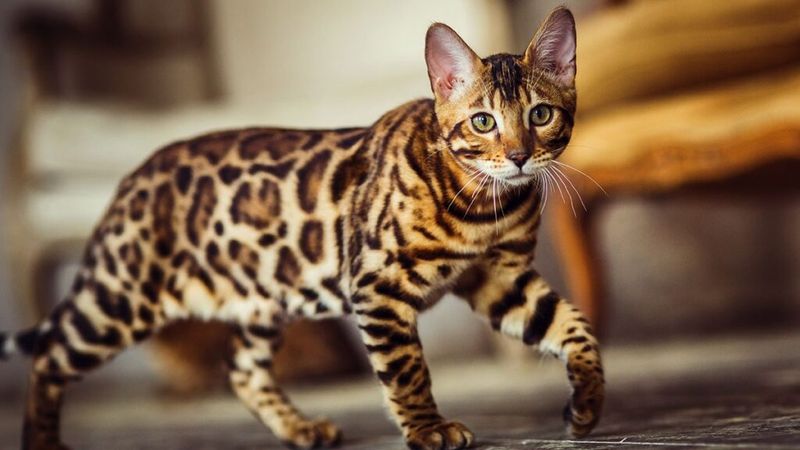
Beneath those gorgeous spotted coats lies the spirit of their Asian leopard cat ancestors. Bengals need constant mental stimulation and physical activity that many homes simply can’t provide.
Without proper outlets for their energy, these cats often develop destructive behaviors and vocalize excessively. Their high prey drive makes them challenging for homes with small pets.
2. Savannah
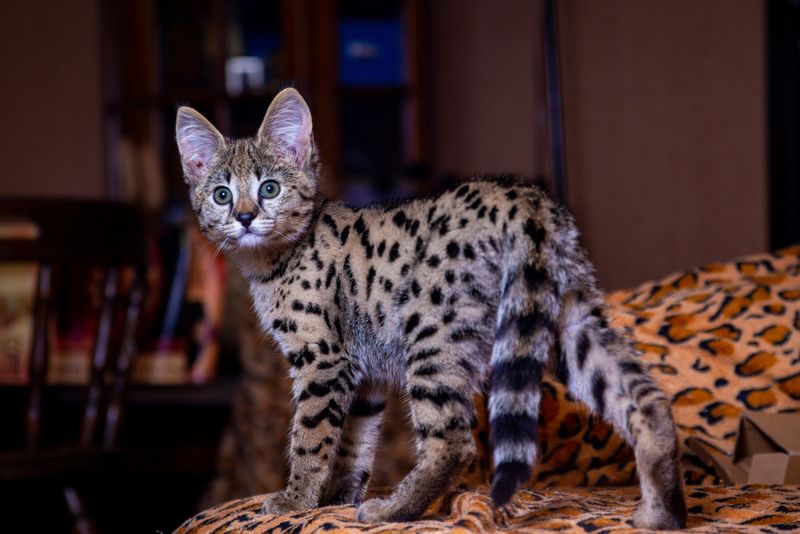
Born from crossing domestic cats with African servals, Savannahs pack the punch of a wild animal in a slightly smaller package. First-generation Savannahs can weigh up to 25 pounds and jump 8 feet high!
Many owners find themselves overwhelmed by their intelligence and mischievous nature. These cats require specialized diets and often face legal restrictions in many areas.
3. Scottish Fold
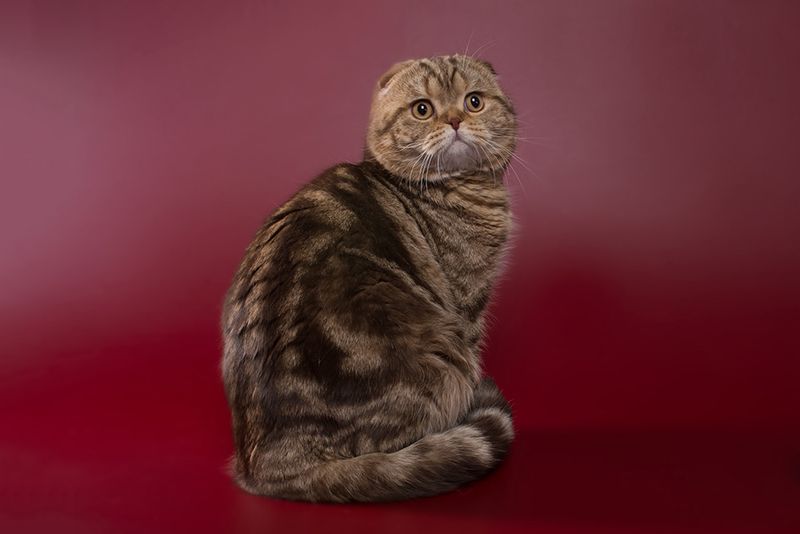
Those adorable folded ears come with a heartbreaking price. Scottish Folds suffer from a genetic mutation affecting cartilage throughout their bodies, not just their ears.
Many develop painful joint conditions called osteochondrodysplasia as they age. Ethical concerns have led some countries to ban breeding them altogether. Their cute appearance masks serious welfare issues that many potential owners don’t realize.
4. Persian
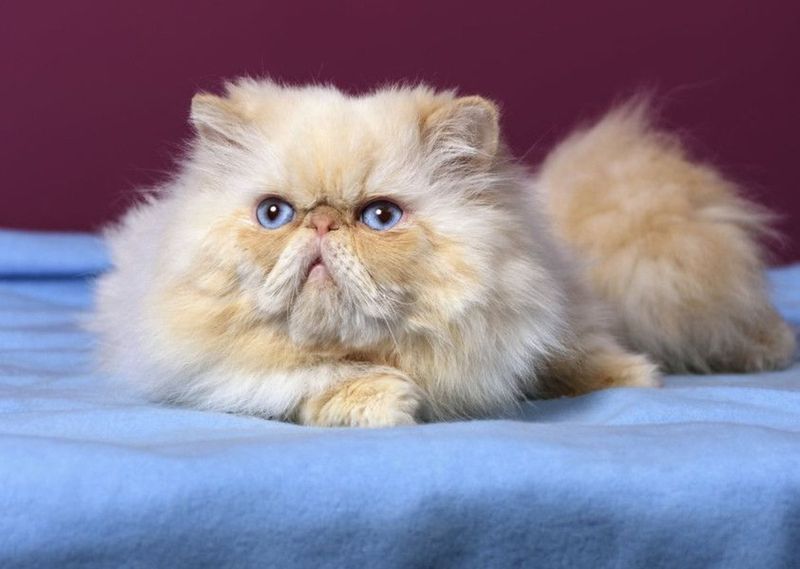
Behind that aristocratic flat face lurks a host of potential health problems. Persians struggle with breathing difficulties, eye issues, and excessive tearing due to their brachycephalic features.
Daily grooming becomes a necessity rather than an option with their dense, easily matted coats. Without dedicated care, these cats quickly develop painful skin conditions and respiratory problems that require expensive veterinary intervention.
5. Sphynx
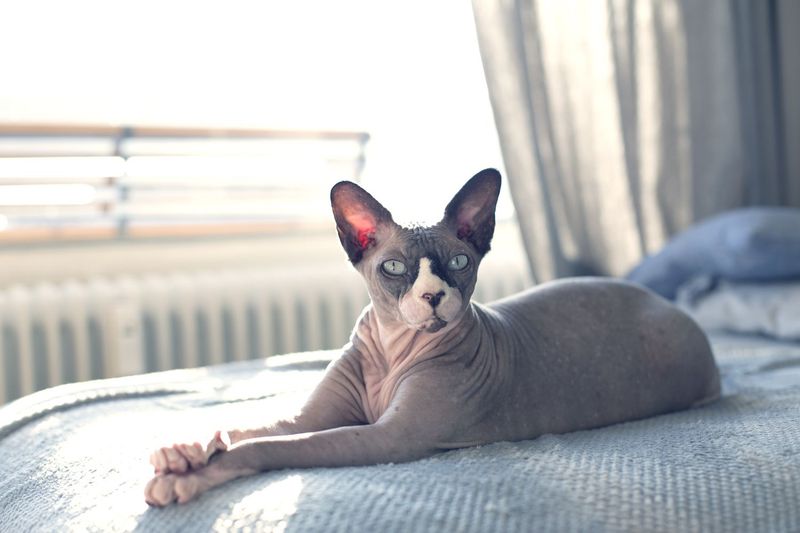
Forget the low-maintenance myth! Hairless doesn’t mean carefree. Sphynx cats require weekly bathing to remove body oils that would normally be absorbed by fur.
Their exposed skin burns easily in sunlight and makes them extremely vulnerable to temperature changes. Without proper care, they develop skin infections and require specialized clothing in colder climates. Veterinary costs often surprise unprepared owners.
6. Munchkin
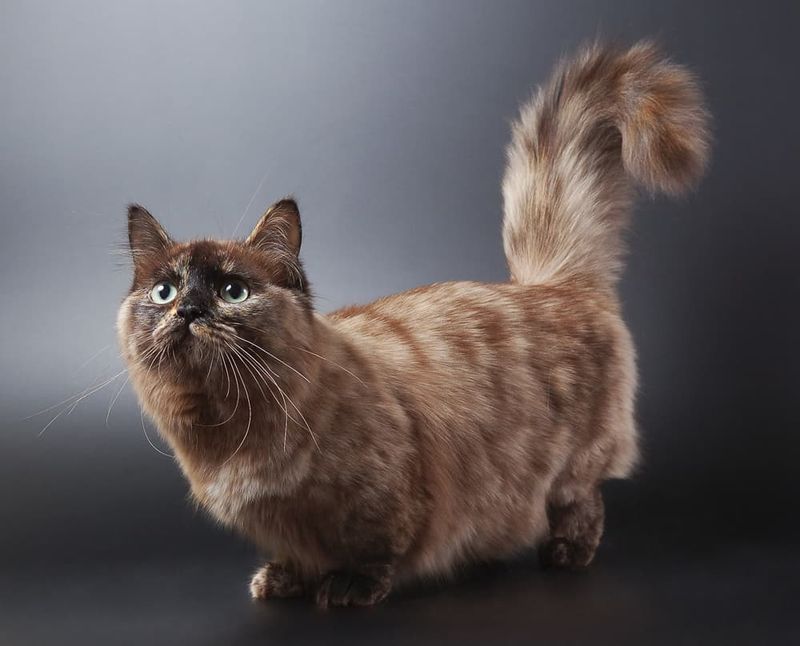
Short legs might look adorable, but they represent a deliberate breeding for disability. Munchkins can’t jump or move naturally like other cats due to their shortened limbs.
Many develop painful back problems similar to those in dachshund dogs. The controversial breeding practices raise serious ethical concerns among veterinarians. These cats often struggle with mobility as they age, limiting their quality of life.
7. Exotic Shorthair
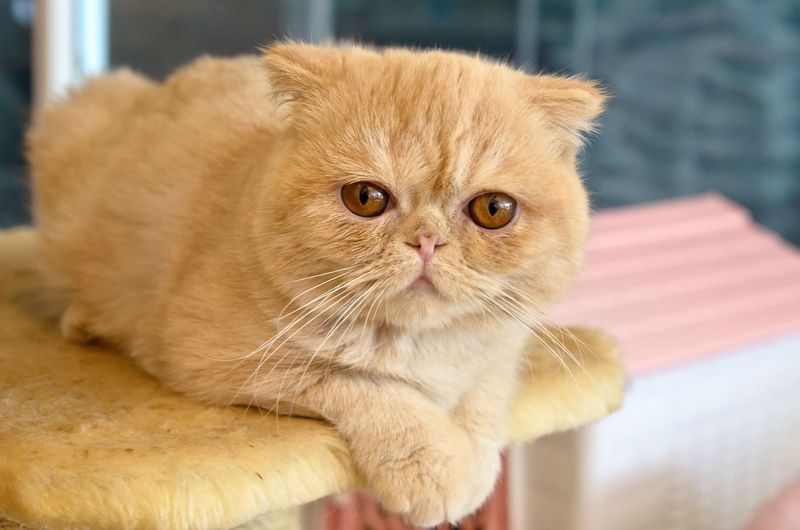
Consider them Persian-lites with all the same breathing issues but shorter fur. Exotic Shorthairs inherit the brachycephalic facial structure that causes chronic respiratory problems and eye conditions.
Their shortened nasal passages make them prone to heat stress and exercise intolerance. Many require expensive surgical interventions as they age. The cute snoring sounds actually indicate their struggle to breathe normally.
8. Singapura
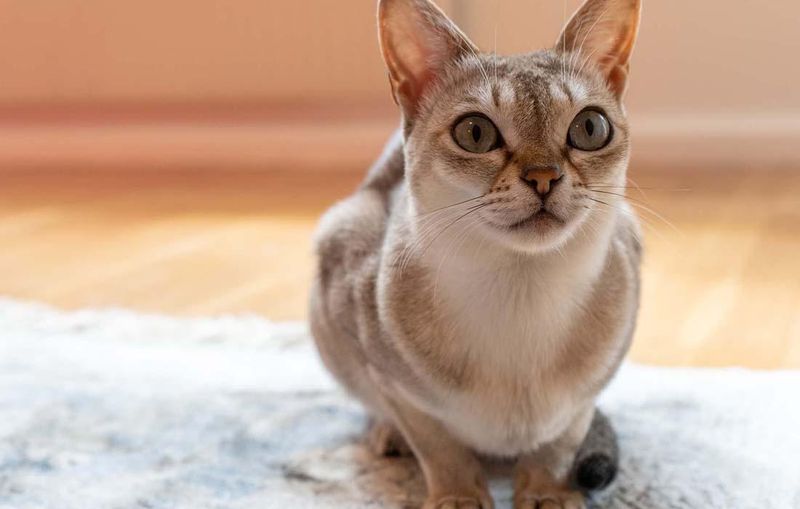
Weighing just 4-6 pounds as adults, these tiny felines pack outsized energy into fragile frames. Singapuras often develop kidney problems and require specialized diets throughout their lives.
Their small size makes them vulnerable to injuries in active households. Despite their delicate appearance, they demand constant attention and mental stimulation. Their high energy needs clash with their physical limitations.
9. Toyger
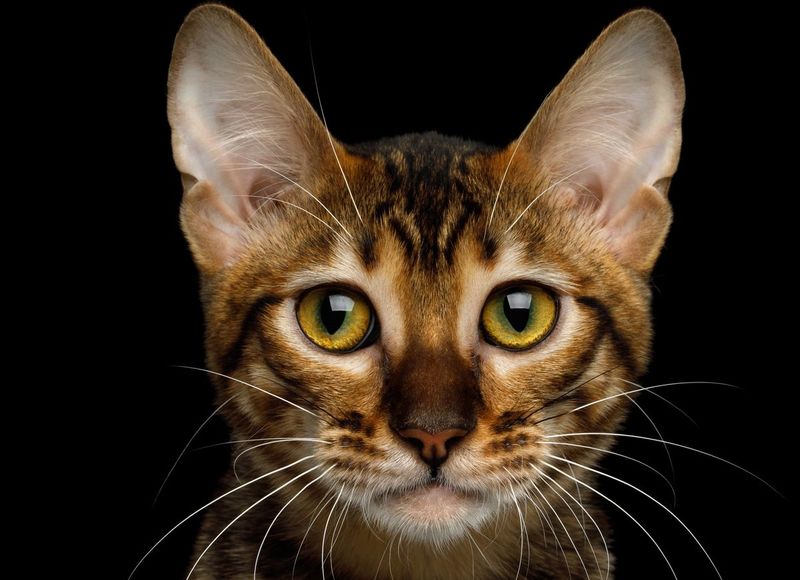
Marketed as miniature tigers, these designer cats come with designer price tags but often fail to meet owner expectations. Toygers require extensive socialization and environmental enrichment that most homes can’t provide.
Their high energy and intelligence translate to destructive behaviors when bored. Many owners find themselves unprepared for their demanding nature. The reality rarely matches the exotic marketing promises.
10. American Curl
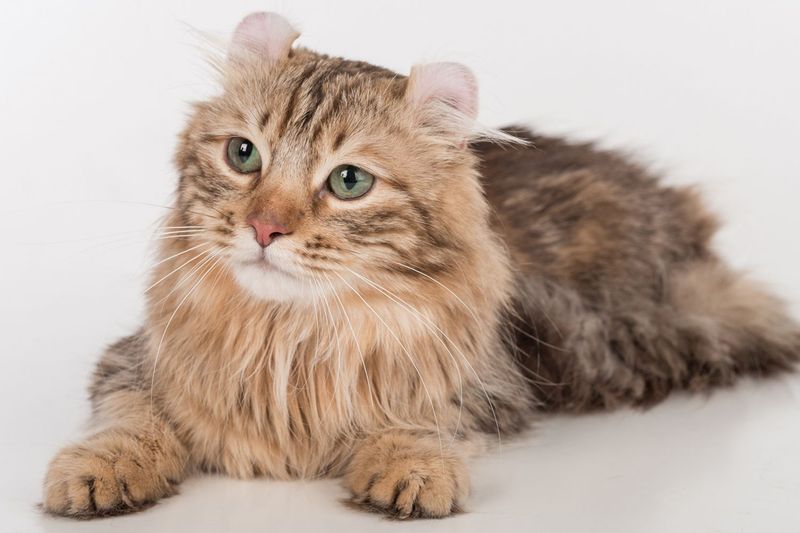
Famous for backward-curling ears, these cats suffer from an abnormal cartilage development that can lead to painful ear infections and hearing problems. The delicate curved ears easily tear and require regular cleaning.
Many develop chronic ear issues that owners aren’t prepared to manage. What starts as a unique aesthetic feature often becomes a lifelong medical concern requiring specialized veterinary care and daily attention.
11. Maine Coon
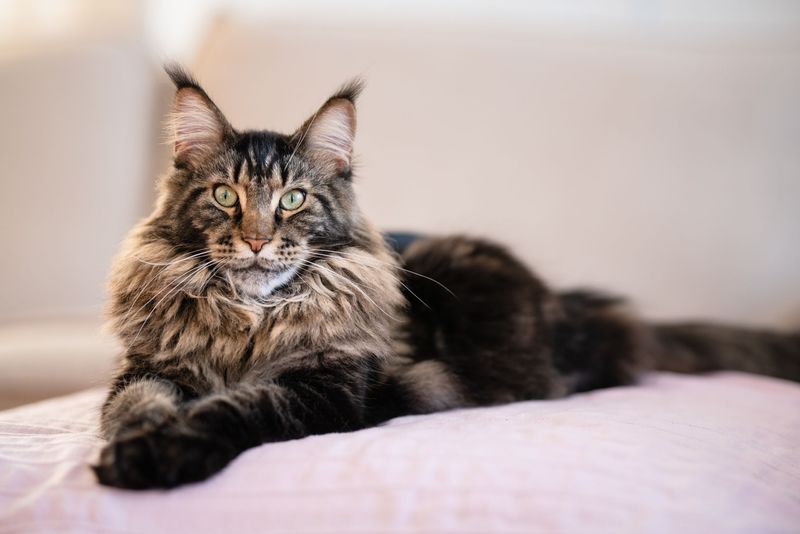
Contrary to their imposing size, Maine Coons possess personalities as soft as their shaggy coats. These natural-born mousers combine working-cat capabilities with family-friendly temperaments.
Despite weighing up to 18 pounds, they move with surprising grace and gentleness. Their intelligence makes training easy, while their patient nature makes them excellent companions for children and other pets. Regular grooming keeps their magnificent coats in top condition.
12. Ragdoll
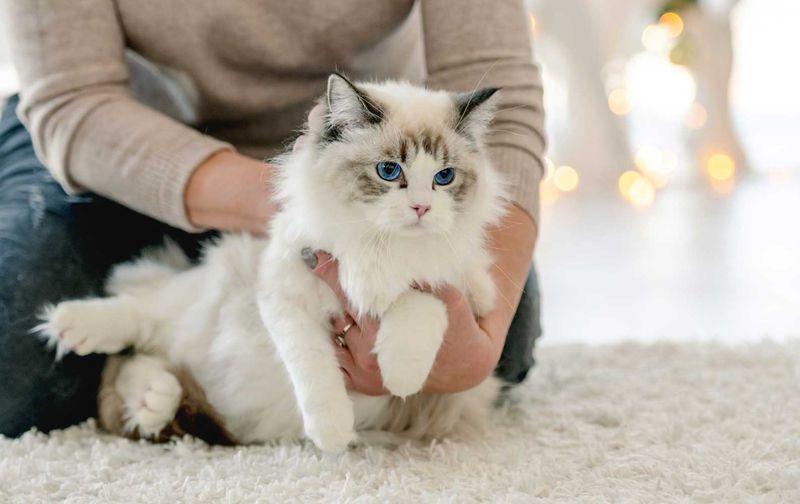
Floppy like their namesake dolls, these blue-eyed beauties literally melt in your arms when picked up. Ragdolls lack the typical feline independence, preferring to follow their humans from room to room.
Their docile nature makes them ideal for homes with children or elderly owners. Unlike many breeds, they rarely climb curtains or jump on counters. Their quiet voices and affectionate personalities earn them top spots on veterinarians’ recommended lists.
13. Siamese
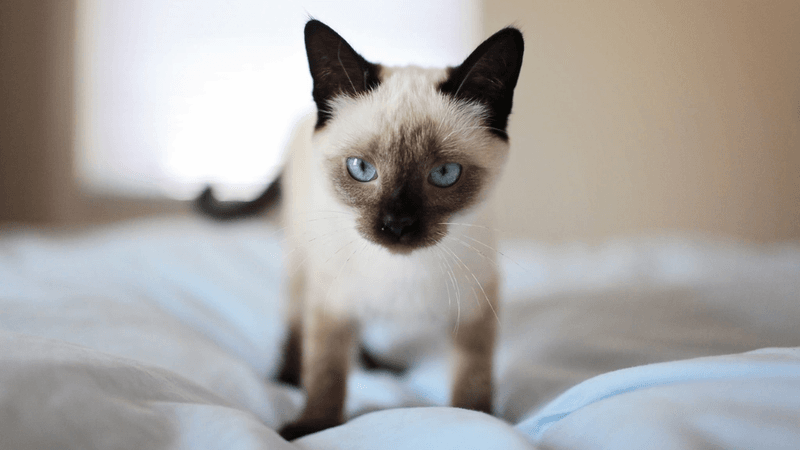
Forget what you’ve heard about their attitude problems! Modern Siamese cats combine intelligence with devotion that few breeds can match. Their legendary vocalization actually represents genuine communication attempts with their human families.
Health-wise, they typically avoid many genetic issues plaguing other purebreds. Their short coats require minimal grooming, making them practical pets for busy households. Their striking blue eyes and color-point markings add beauty to their functional appeal.
14. Domestic Shorthair
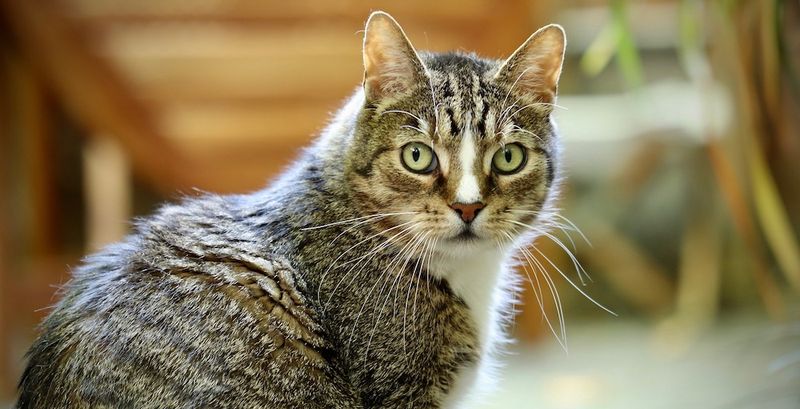
Forget fancy pedigrees—veterinarians consistently recommend these everyday cats for their genetic diversity and adaptable personalities. The humble non-pedigree cat typically lives longer and develops fewer health problems than purebred alternatives.
Each has a unique personality waiting to be discovered. Their varied appearances offer something for every aesthetic preference without the ethical concerns of extreme breeding. Shelter adoption adds the bonus of saving a life while gaining a wonderful companion.

